Learn about the Mexican revolution
The Mexican Revolution, a decade-long struggle from 1910 to 1920, reshaped the nation in profound ways. This tumultuous period was marked by the overthrow of the long-standing dictatorship of Porfirio Díaz and paved the way for social and economic reforms.
It was not just about politics; it was a people’s movement that sought to address injustices and create a more equitable society. As we journey through this historical saga, we’ll meet the dynamic figures and pivotal events that defined this era.
The Spark That Ignited the Flames: Porfirio Díaz’s Regime
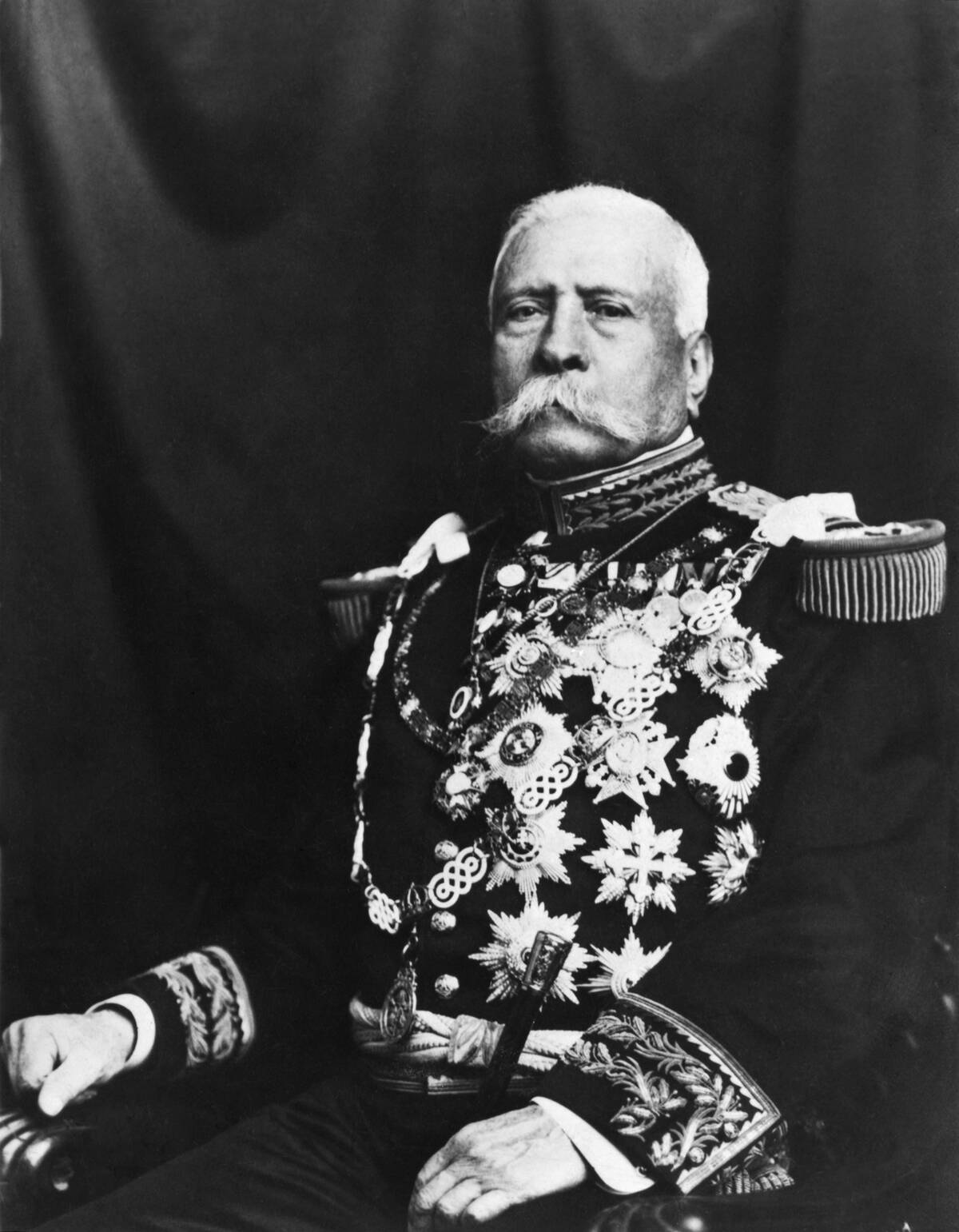
Porfirio Díaz, who ruled Mexico with an iron fist from 1876 to 1911, was the catalyst for the revolution. His regime was characterized by modernization and economic growth, yet it was also marred by inequality and corruption.
Under Díaz, the rich got richer while the poor struggled, and dissent was met with repression. This oppressive environment created a fertile ground for revolutionaries who sought to dismantle the status quo and fight for justice.
Meet the Key Players: Revolutionaries and Rebels
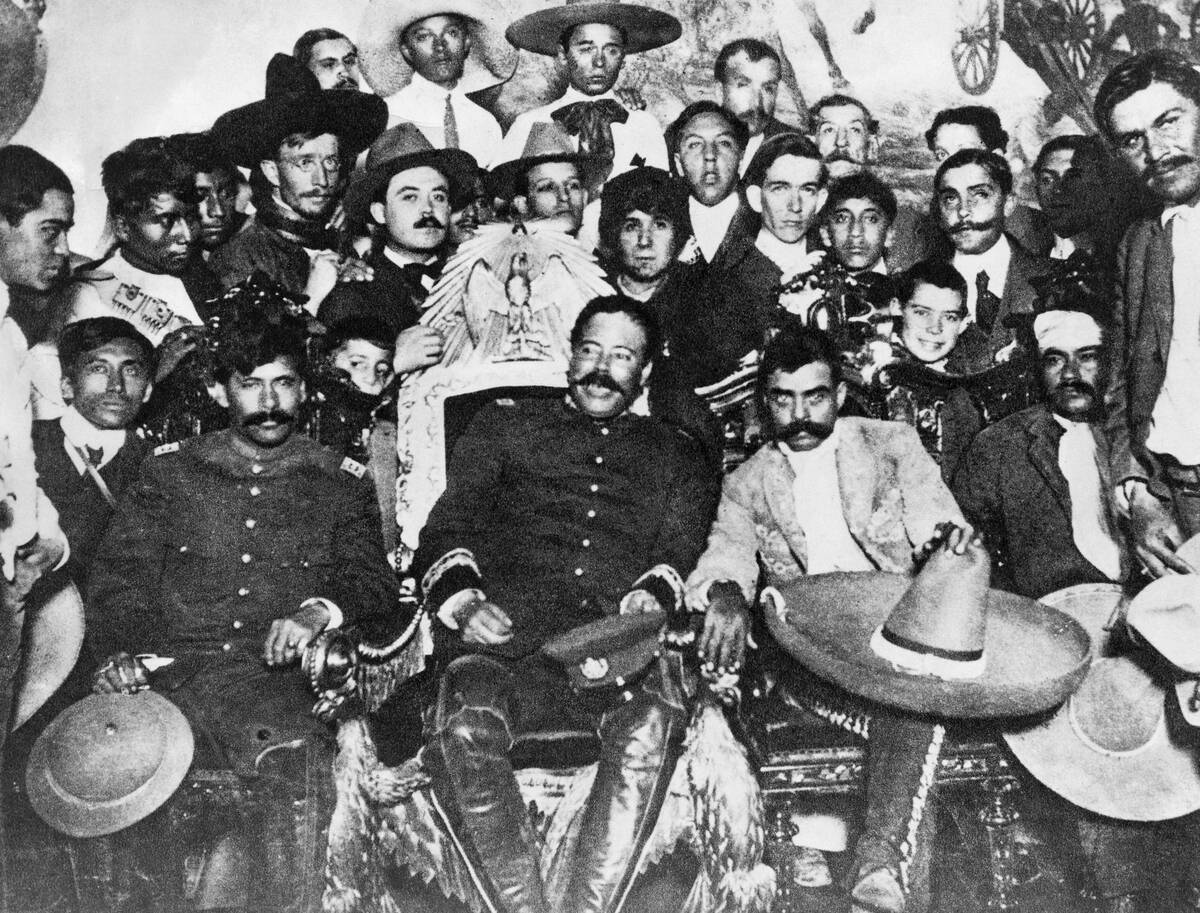
The Mexican Revolution was a tapestry woven with the efforts of diverse leaders and fighters. Figures like Francisco I. Madero, Emiliano Zapata, and Pancho Villa became household names as they championed different causes.
Madero advocated for democratic elections, Zapata called for land reform, and Villa fought for the rights of the oppressed. These revolutionaries, along with countless unnamed fighters, played crucial roles in challenging Díaz’s regime and shaping Mexico’s future.
Francisco I. Madero: The Visionary Leader
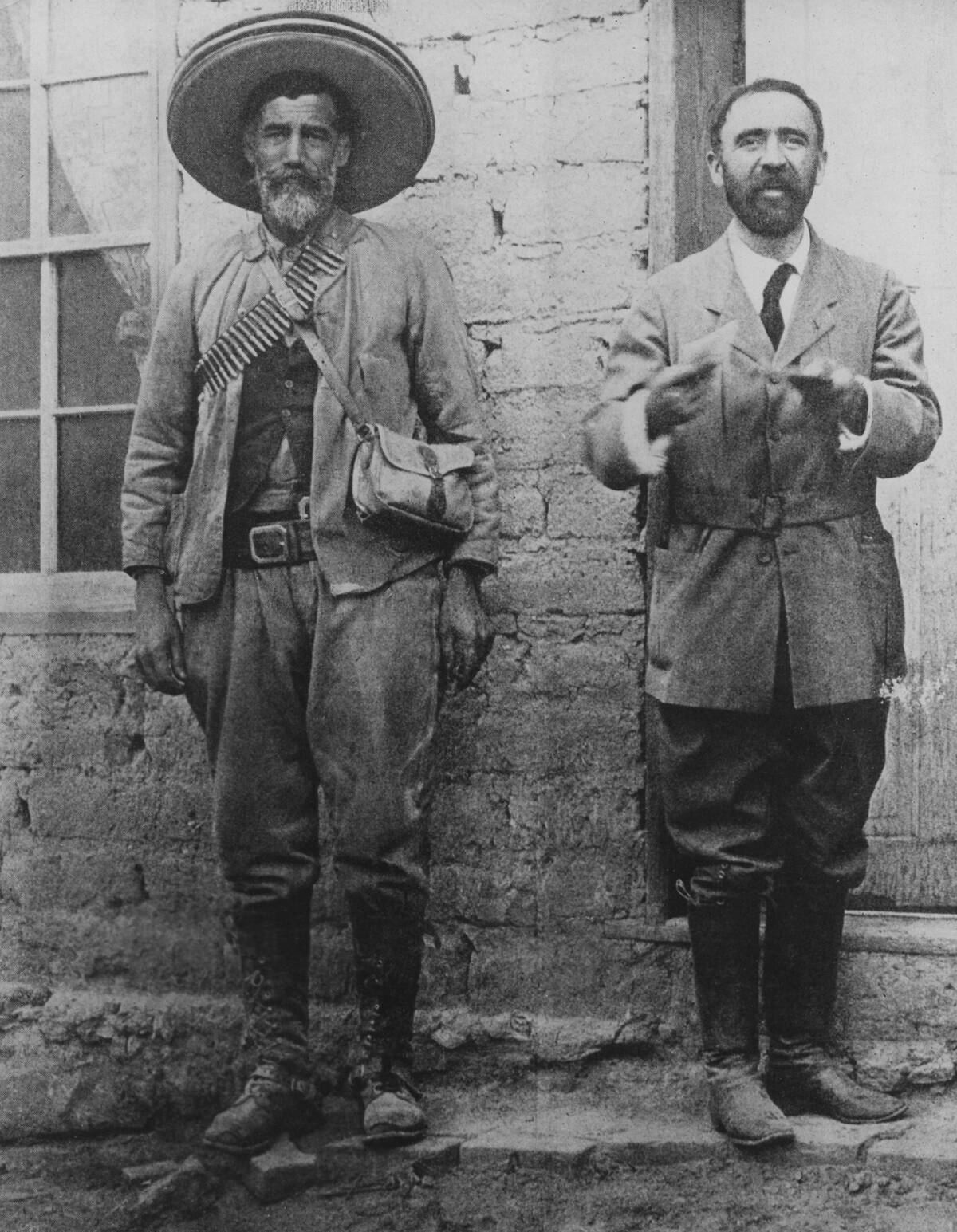
Francisco I. Madero emerged as a beacon of hope for many Mexicans yearning for change. A wealthy landowner with progressive ideals, Madero penned the Plan of San Luis Potosí, urging citizens to revolt against Díaz.
His call to arms resonated with many, leading to his election as president in 1911. Madero’s tenure, however, was short-lived, as he faced opposition from both former allies and enemies, culminating in his tragic assassination in 1913.
Emiliano Zapata and the Call for Land Reform
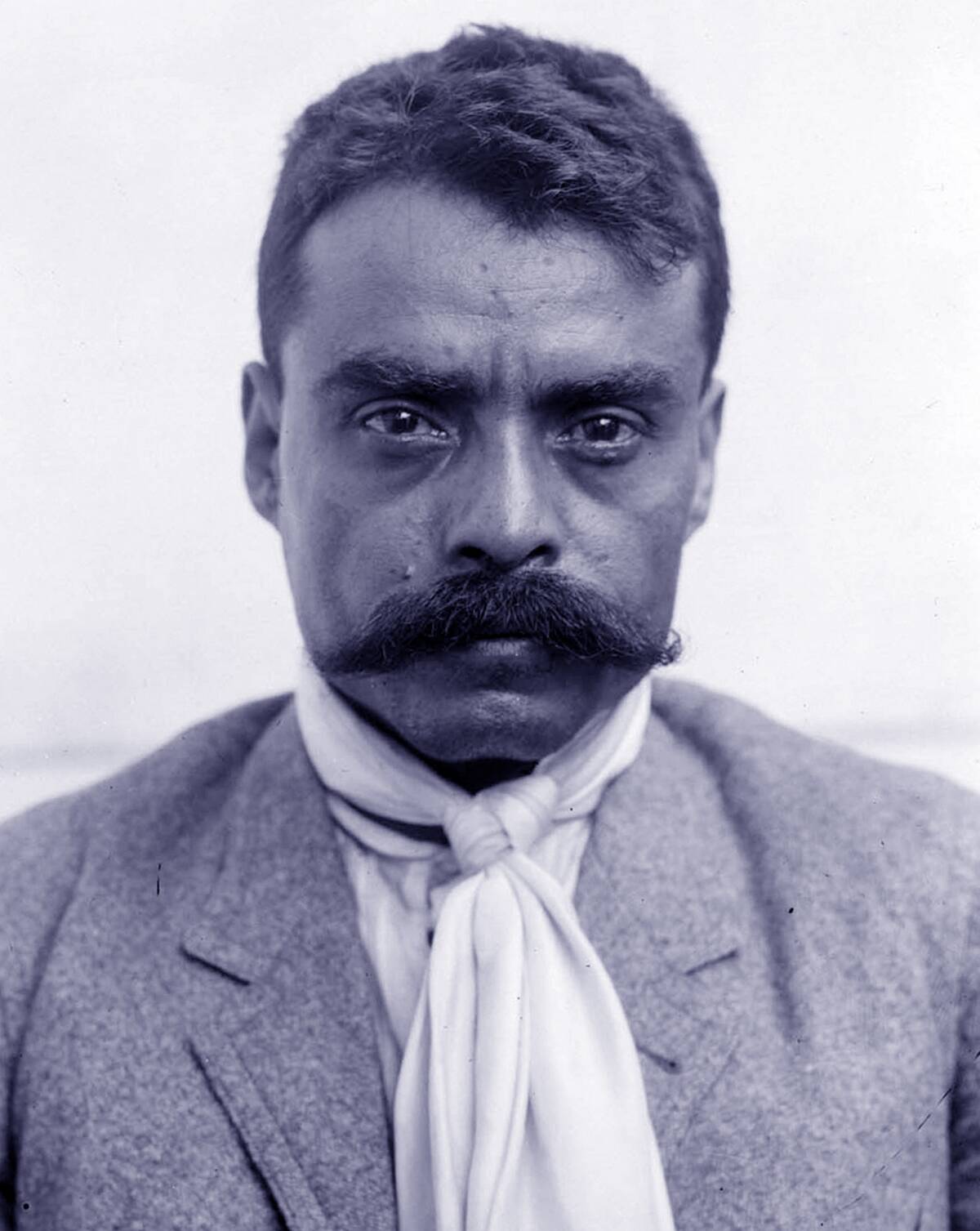
Emiliano Zapata was a champion for agrarian rights and a voice for Mexico’s rural population. His famous slogan, “Tierra y Libertad” (Land and Freedom), encapsulated his demands for land redistribution.
Zapata’s Plan de Ayala outlined his vision for land reform, which aimed to return land to those who worked it. His dedication to the cause made him a beloved figure among peasants and a formidable force in the revolution’s southern front.
The Role of Women: Soldaderas and Activists
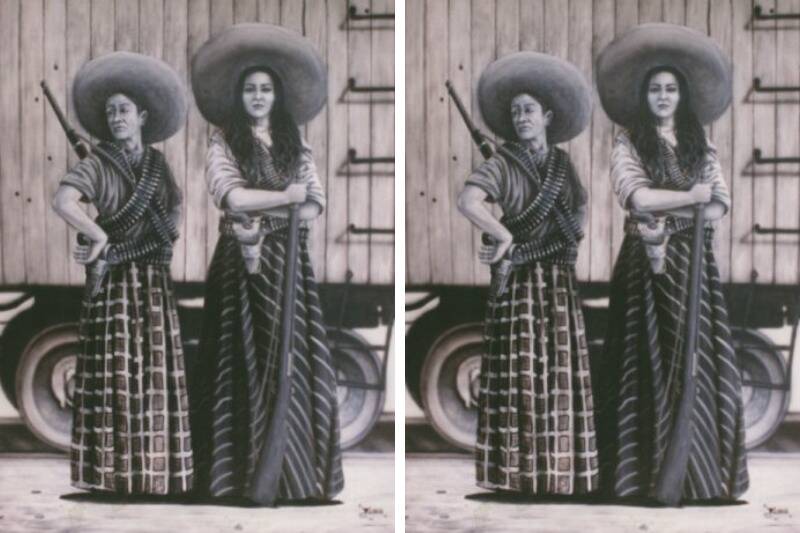
Women played a crucial role in the Mexican Revolution, often serving as soldaderas, or female soldiers, who fought alongside men. These brave women cooked, nursed, and even took up arms, proving indispensable to the revolutionary cause.
Notable figures like Juana Belén Gutiérrez de Mendoza contributed as journalists and activists, using their voices to demand equality and reforms. Their contributions have since been recognized as vital to the revolution’s success.
Pancho Villa: The Charismatic Outlaw
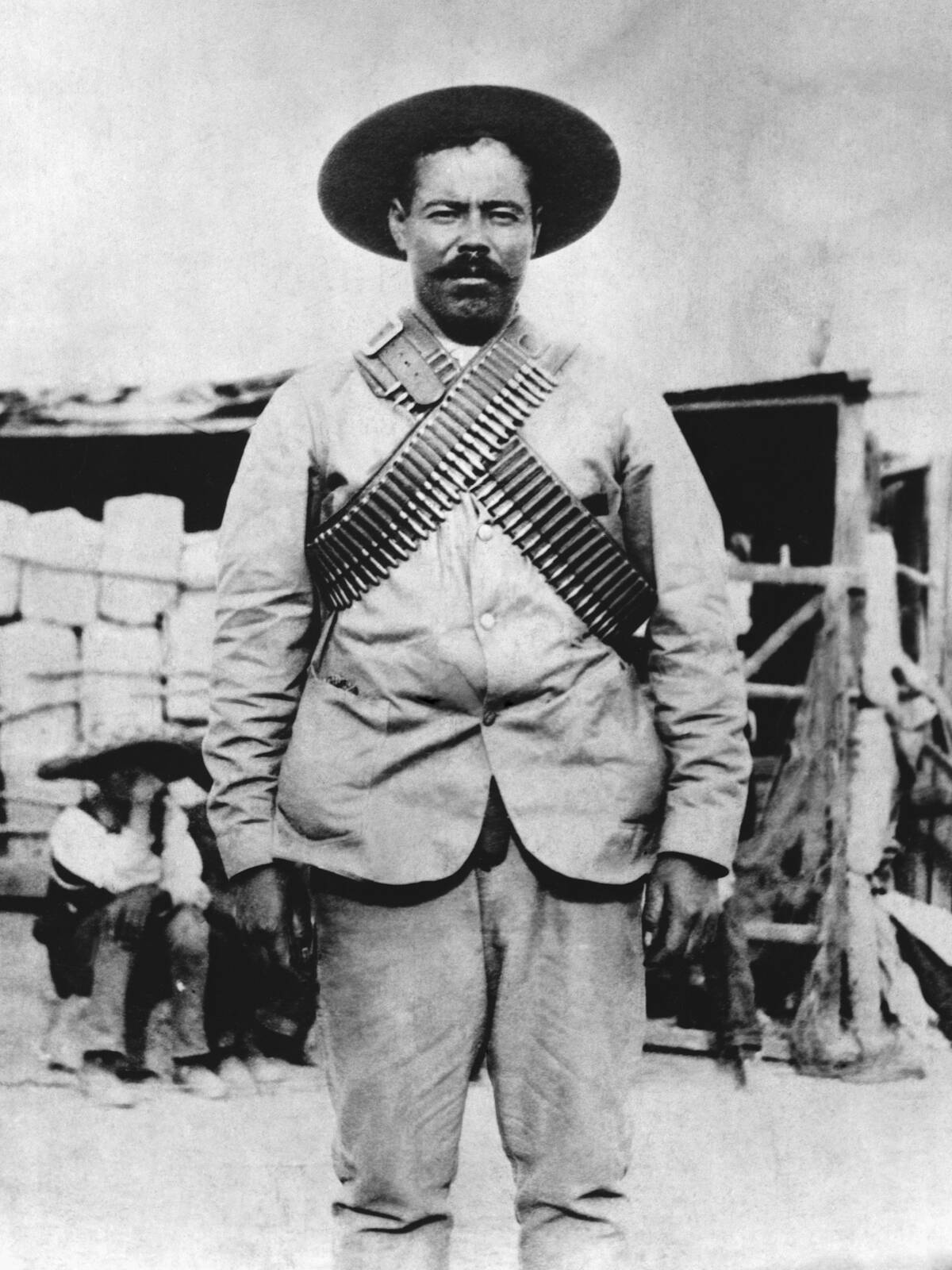
Pancho Villa, the legendary bandit turned revolutionary, is celebrated for his daring exploits and leadership in Northern Mexico. Initially a cattle rustler, Villa’s charisma and military acumen earned him the loyalty of his troops.
Known for his Robin Hood-like tactics, he redistributed wealth and resources to support his cause. Villa’s actions not only disrupted the established order but also inspired countless others to join the fight for social justice.
The Plan of San Luis Potosí: Madero’s Manifesto
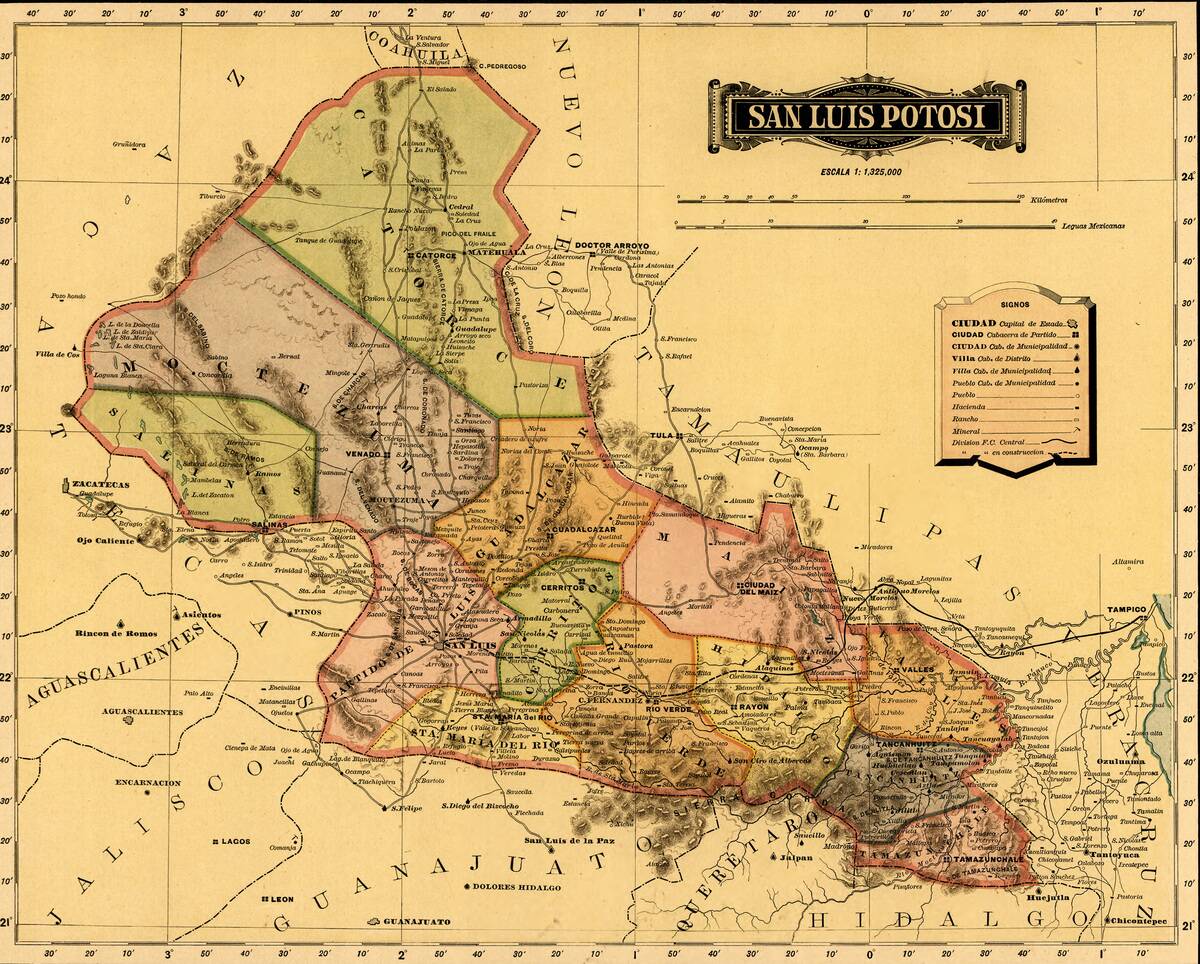
The Plan of San Luis Potosí, written by Madero while in exile in 1910, was a manifesto that called for the end of Díaz’s dictatorship. It highlighted the need for democratic elections and land reforms, sparking a nationwide uprising.
The plan galvanized support for Madero’s cause and served as a rallying cry for those disillusioned by Díaz’s oppressive rule. It marked the beginning of a unified revolutionary movement that would ultimately lead to significant changes in Mexico.
The Decisive Battle of Ciudad Juárez
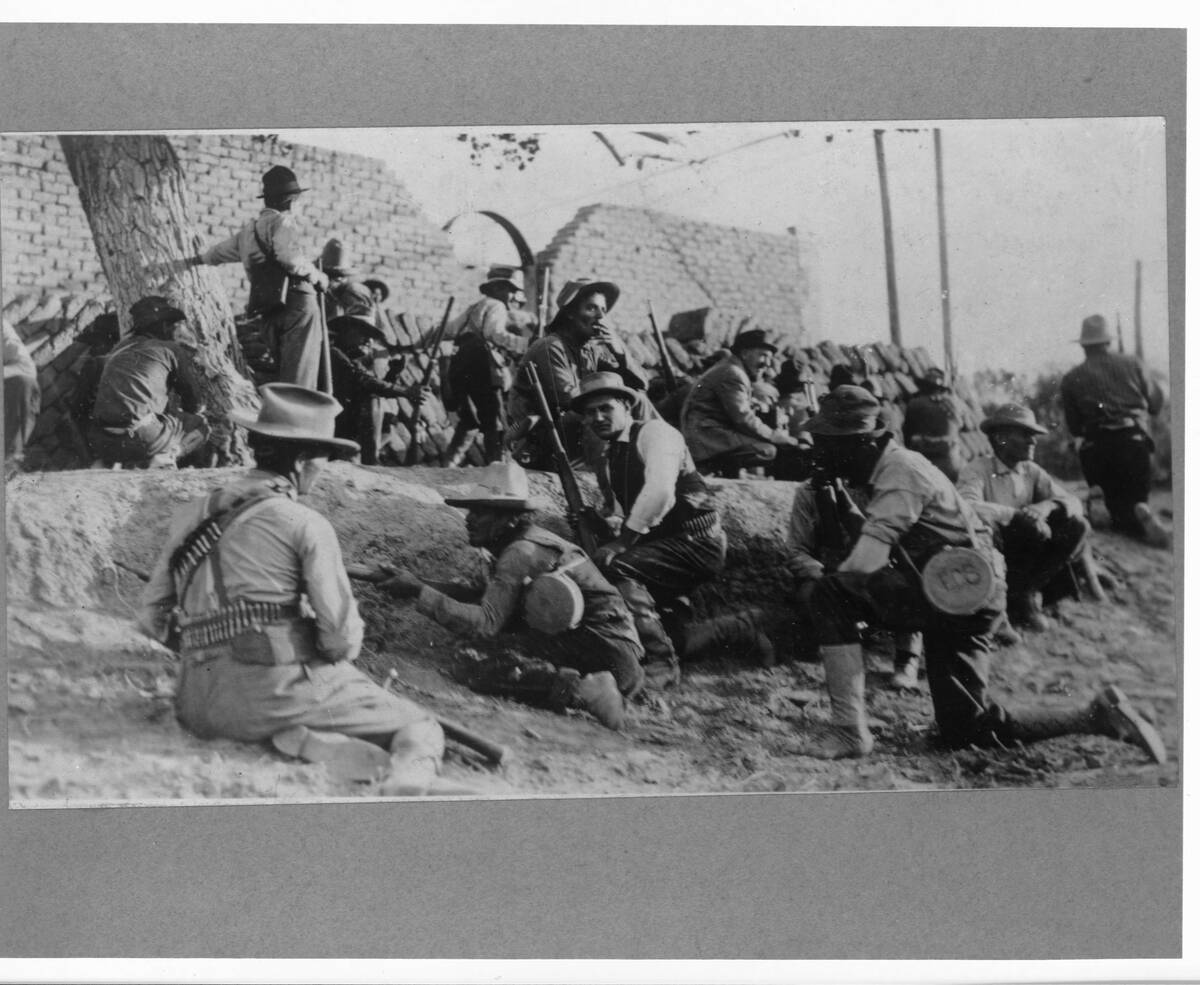
The Battle of Ciudad Juárez in 1911 was a turning point in the Mexican Revolution. Madero’s forces, led by Villa and Pascual Orozco, captured the strategic city, signaling the impending fall of Díaz’s regime.
This victory demonstrated the strength and determination of the revolutionary forces and boosted morale across the country. It was a crucial step in convincing Díaz to enter negotiations, ultimately leading to his resignation and exile.
The Fall of Díaz and the Rise of Madero
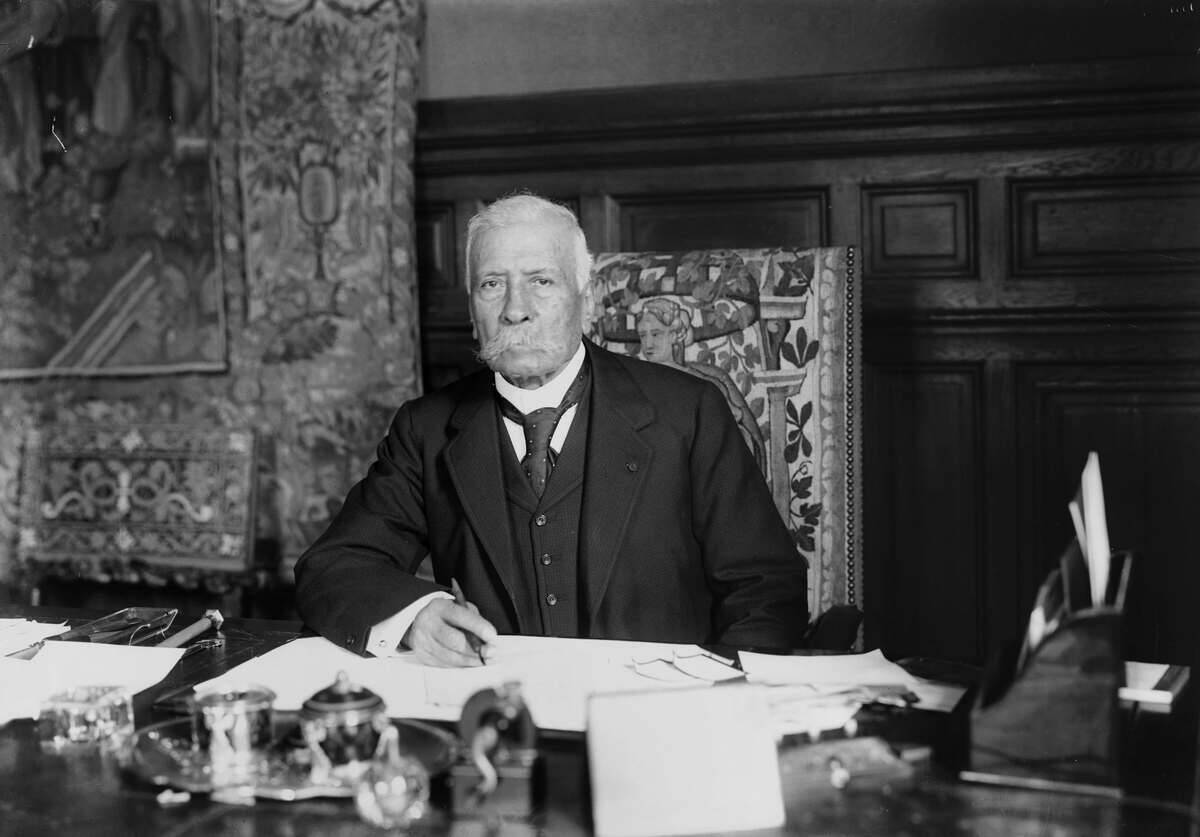
Porfirio Díaz’s resignation in May 1911 marked the end of an era and the beginning of a new chapter under Madero. Díaz’s departure was a direct result of the pressure exerted by revolutionary forces and international condemnation of his regime.
Madero’s ascent to the presidency was seen as a victory for democracy and reform. However, his leadership faced challenges as the country remained divided, and his inability to satisfy all factions led to further unrest.
The Tragic Assassination of Madero
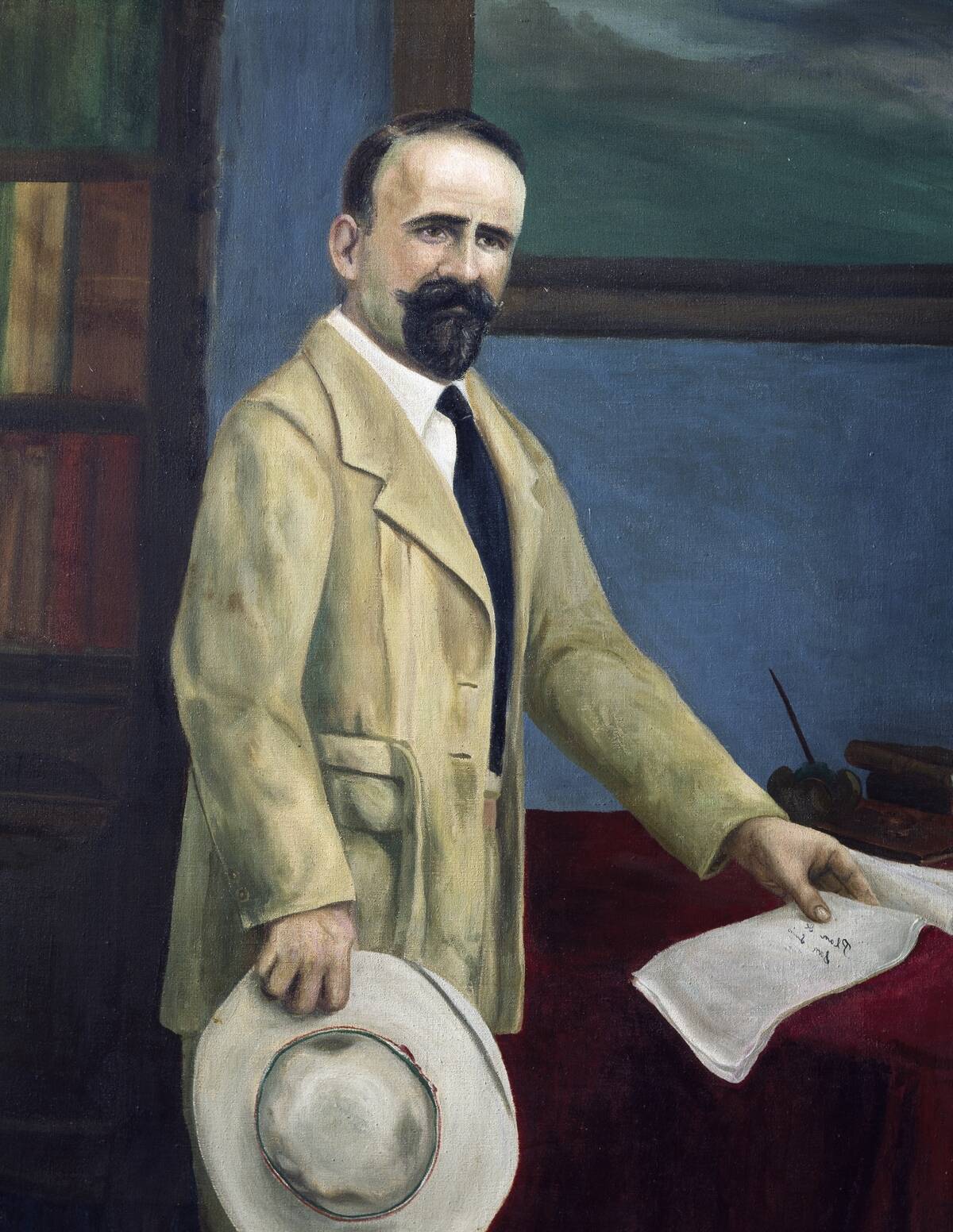
Francisco I. Madero’s presidency was cut short by betrayal and violence. In February 1913, a coup led by Victoriano Huerta resulted in Madero’s arrest and subsequent assassination. His death shocked the nation and plunged Mexico into further chaos.
Madero’s assassination highlighted the volatility of the political landscape and underscored the deep divisions within the revolutionary movement. Despite his untimely demise, Madero’s legacy as a champion for democratic ideals endured.
The Huerta Regime: A Short-Lived Rule
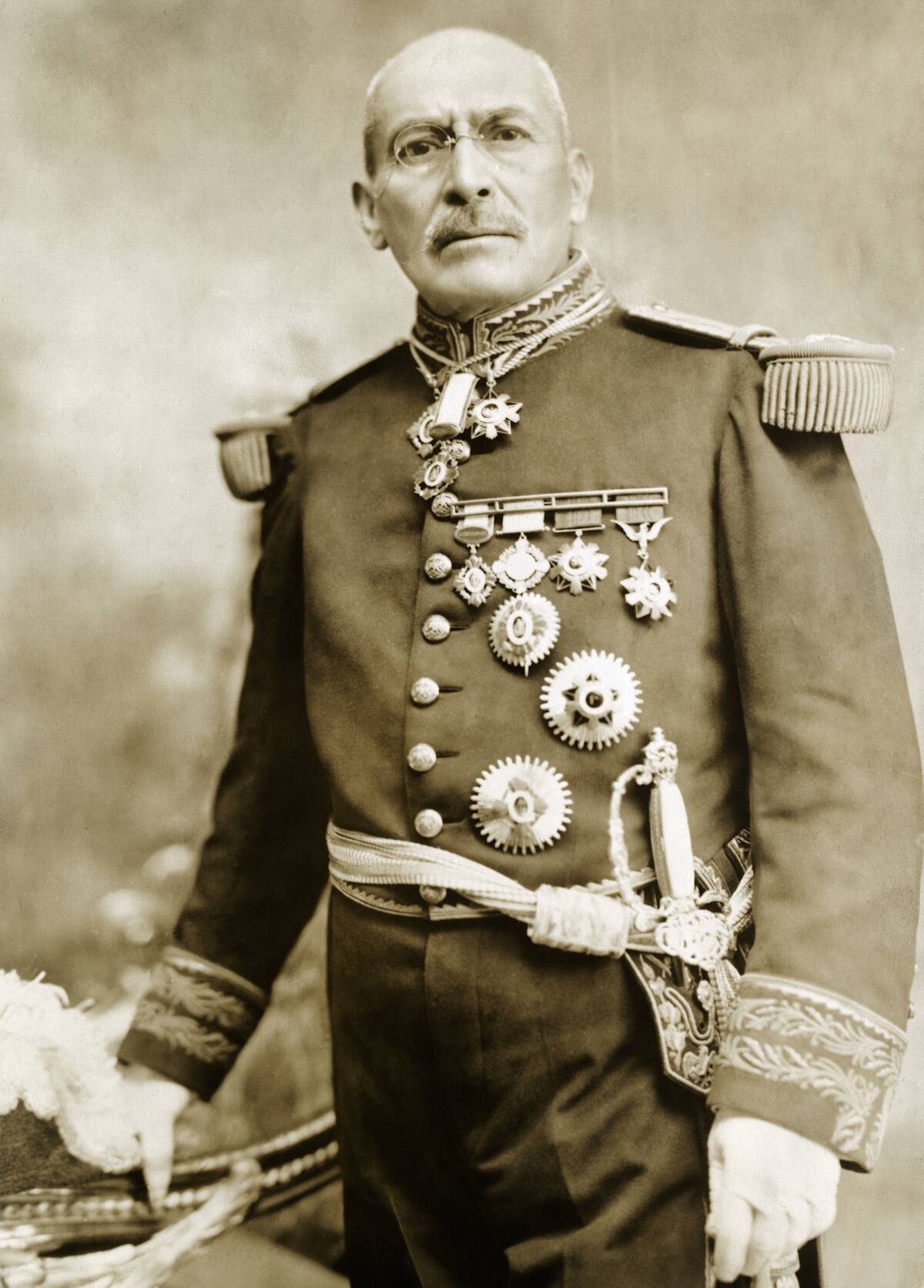
Victoriano Huerta’s regime, established through a coup, was marked by authoritarian rule and widespread opposition. Huerta assumed power in 1913 but faced resistance from former revolutionaries and new leaders like Venustiano Carranza.
His inability to garner support and the ongoing civil unrest weakened his grip on power. By 1914, Huerta’s regime crumbled under internal and external pressures, paving the way for Carranza’s rise and the continuation of revolutionary efforts.
The Constitution of 1917: A New Era Begins
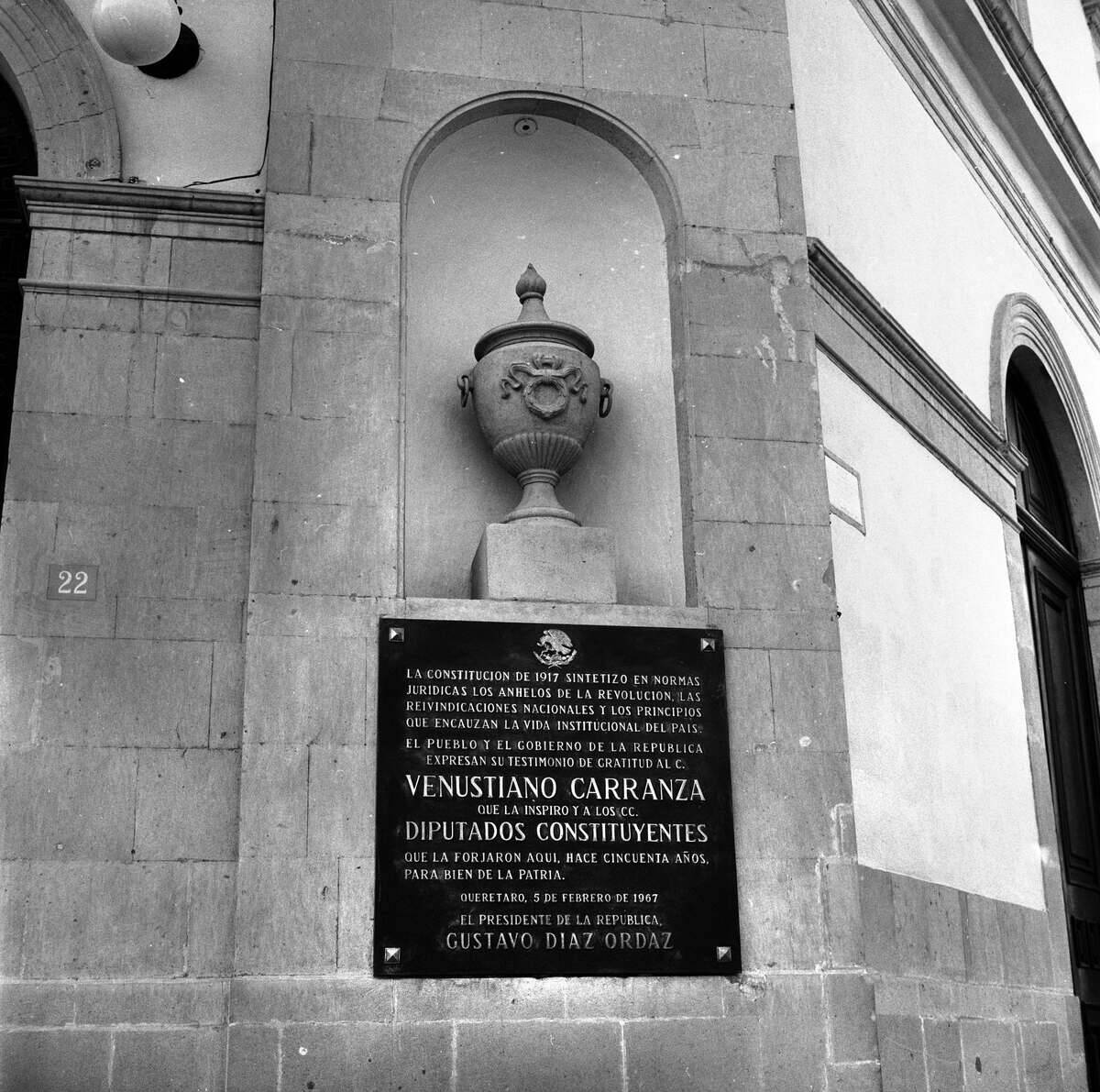
The Mexican Constitution of 1917 emerged as a cornerstone of the revolutionary movement’s achievements. This landmark document introduced significant social reforms, including labor rights, land redistribution, and education.
It aimed to address the inequalities that had fueled the revolution and established a framework for future governance. The constitution’s progressive nature made it one of the most advanced of its time, setting the stage for Mexico’s transformation into a more equitable society. Unfortunately, further struggles came when Venustiano Carranza refused to incorporate its land reform elements, among other sections he considered too radical.
Cultural Impact: Art, Music, and Literature During the Revolution
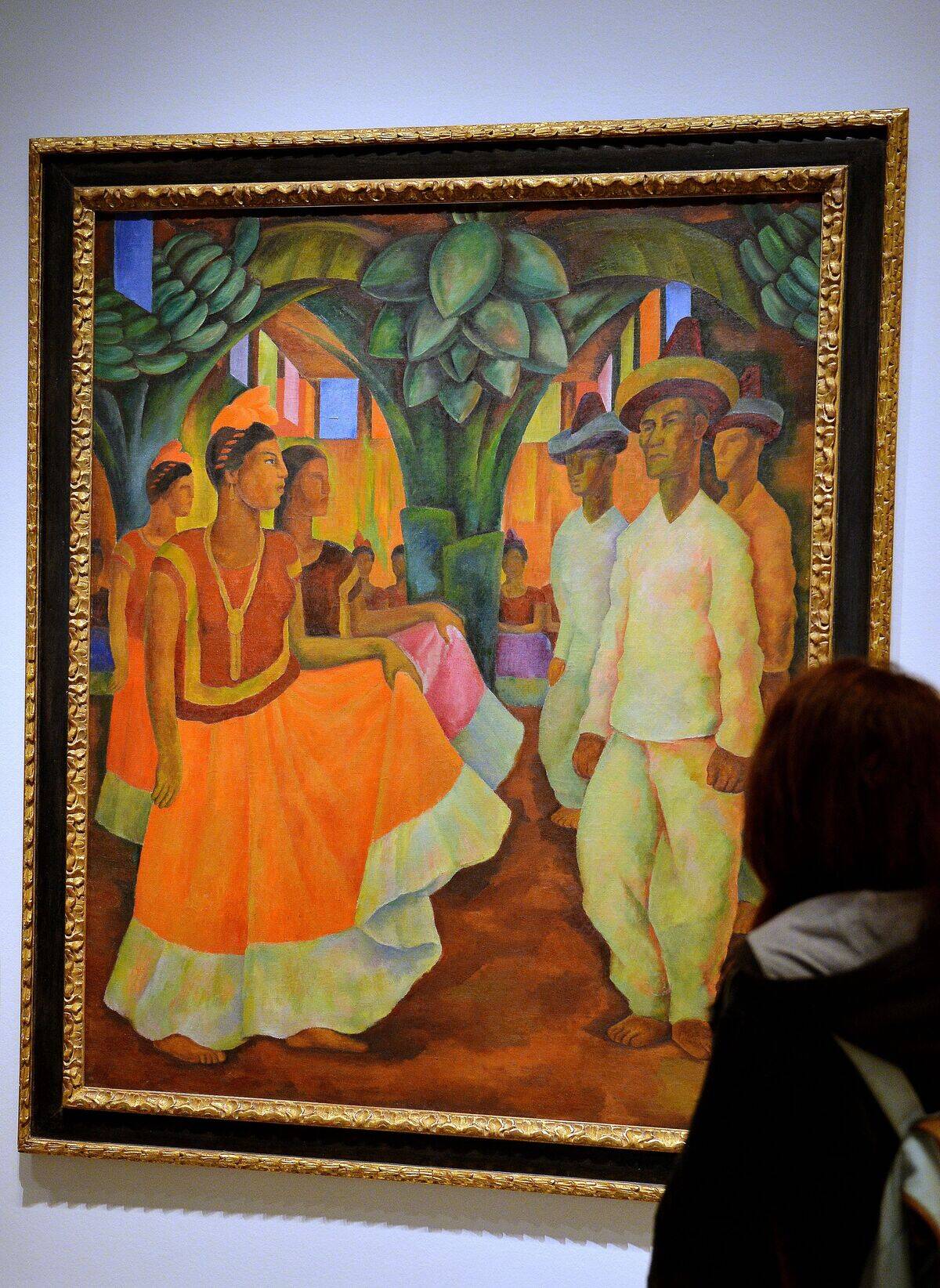
The Mexican Revolution inspired a vibrant cultural renaissance, influencing art, music, and literature. Artists like Diego Rivera and José Clemente Orozco created powerful murals depicting revolutionary themes and social struggles.
Music, particularly corridos, captured the stories of heroes and battles, resonating with the populace. Writers such as Mariano Azuela chronicled the human experience of the revolution, leaving a lasting impact on Mexican identity and cultural expression.
Lessons from the Revolution: Its Legacy in Modern Mexico
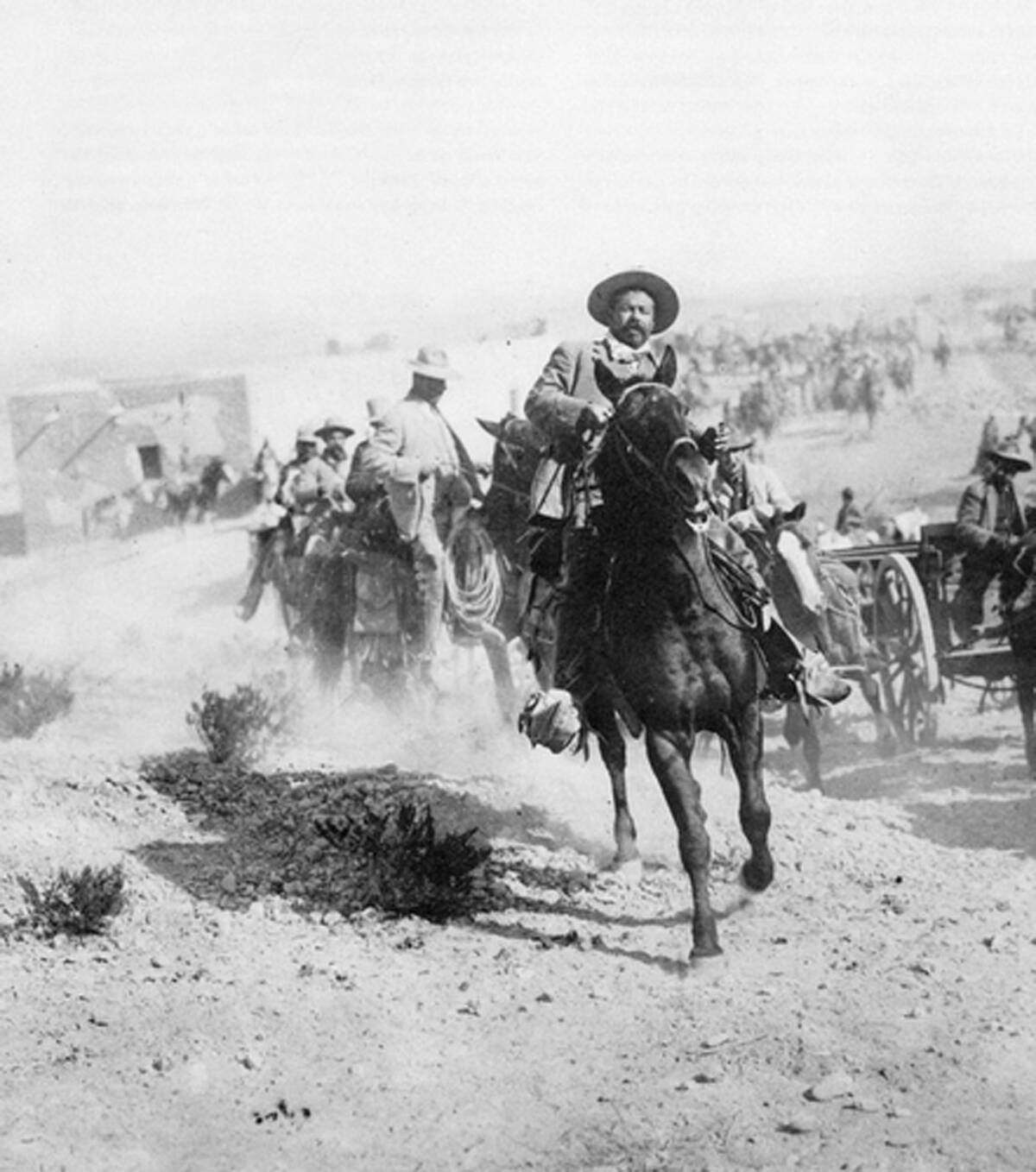
The Mexican Revolution’s legacy is deeply woven into the fabric of modern Mexico. It laid the groundwork for social justice, land reform, and labor rights, elements that remain relevant Mexican society today.
The revolution also fostered a sense of national identity and pride, celebrating the resilience and determination of its people. As Mexico navigates contemporary challenges, the lessons from its revolutionary past serve as a reminder of the enduring quest for equality and progress.



